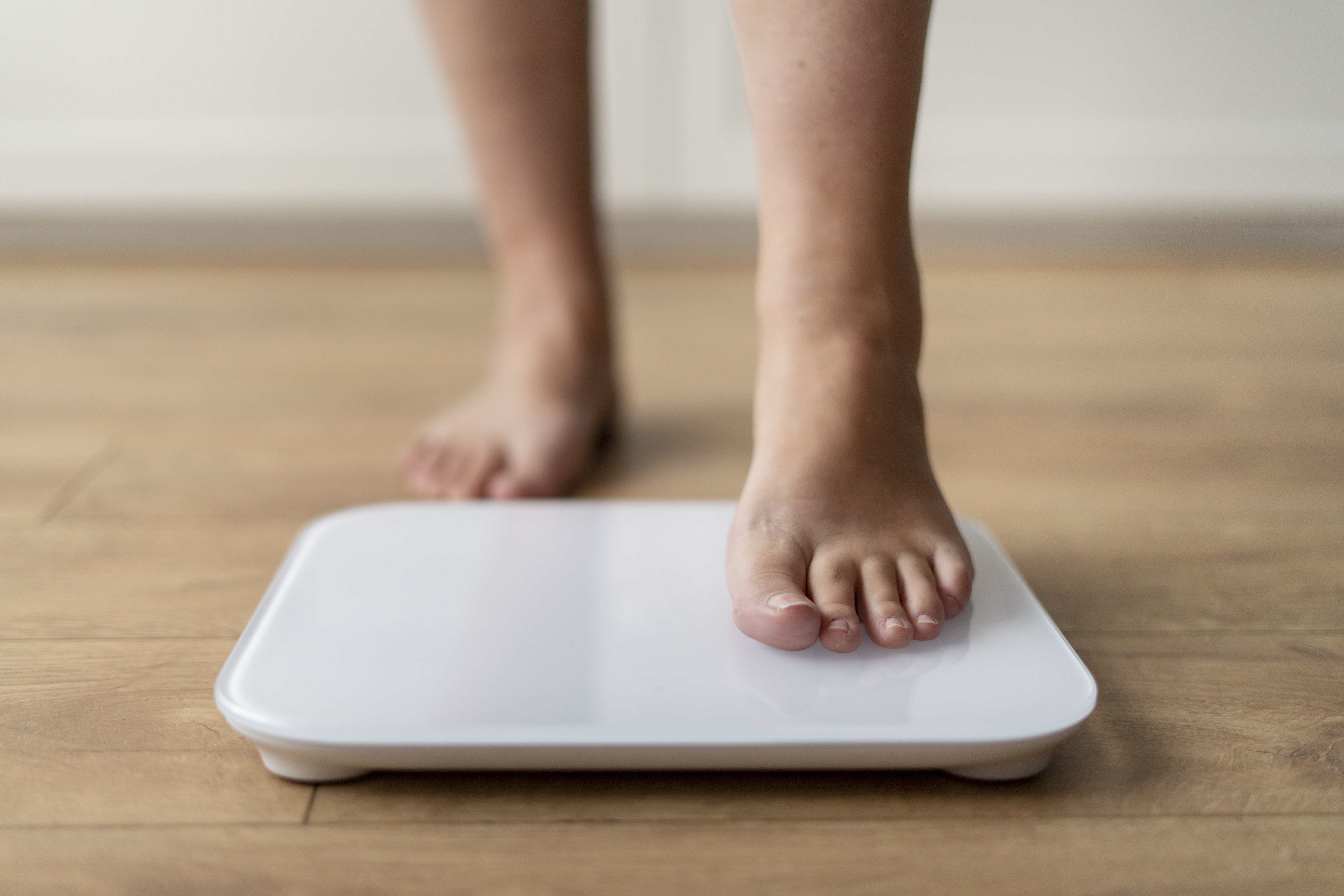Exercise
We all know we should be doing it. It’s good for the heart, good for energy levels, and blah blah blah. But “exercise” remains a word most people dread to hear.
“Do I have to go to the gym?”
“Do I have to go running?”
“Do I don’t have the time for exercise.”
“I don’t want to get up early.”
These are some of the most common concerns for most people beginning a fat loss plan.
While it’s true that nutrition will get you most of your results, exercise plays an important role in achieving good health. Whether you want to lose bodyfat, or gain some muscle, look amazing, or get your cholesterol under control, exercise will play a critical role in getting you to your goals.
The benefits of exercise:
Toning up:
Most types of exercise lead to muscle building. Think about your anatomy in layers. At the surface, you have your skin or epidermis. Underneath your epidermis is your fat layer, also known is subcutaneous fat. Muscle is located underneath fat layers. When people lose fat, there is sometimes an appearance of flabby or loose skin. Toning up takes place when you work out the muscle in that area. Working out helps the muscle grow, thus stretching out the skin in that area and facilitating that look of tonacity that we all strive for.
Create a caloric deficit:
In The Fundamentals of Fat Loss Part 1: Setting Up A Diet Plan, you learned that the energy balance equation is the most important part of a fat loss program.
However, when your BMR is too low (as is often the case with females, especially those who are on the shorter side) you will need to add in exercise in order to create that deficit while still nourishing your body with the nutrients that it needs.
Adherence to your diet:
There are studies that show that those who go on an exercise program are more likely to follow their diet plan for that day. There’s a certain domino effect that takes place when you do something towards your goals. People who wake up in the morning and go for their run or hit the gym, end up sticking to their diet because they feel they don’t want to undo the hard work they put in.
Dealing with excessive caloric intake:
Everyone needs a cheat meal from time to time. A lot of the times, these deviations are heavy on the carbs, and having a good workout session prior to indulging can often shuttle the nutrients to the right places (ie muscles, rather than fat cells) thus preventing some of the ill effects of a caloric surplus. Up to a certain limit, of course.
Channel your energy:
Contrary to what you might believe, you are not “low in energy.” There is plenty of energy stored in your body – within the muscles and within fat cells. If you have a sedentary lifestyle, chances are that you simply need to get your body moving again in order to get things going. This is a bit of a catch 22, and the reason why people find it hard to get into an exercise program in the first place. Ask anyone who is regular with exercise and they will tell you – often the best workouts happen on the days you simply do not feel like going.
Stress management:
Most people are dealing with stress these days, whether you are 18 and applying for college, or middle aged and dealing with the responsibilities of a family. Stress often leads us to using food as a coping mechanism. Exercise can get you in the flow state, which can help you get immersed in your activity in the moment. Some of the best workouts have taken place on the most angry and frustrated days. Exercise can be a powerful coping mechanism once you learn how to use it.
Dealing with mild depression:
One of the many benefits of exercise is the post-workout endorphin release. People feel high and happy after a good workout. There is a growing body of research which indicates that exercise can help deal with mild depression and mood swings.
Improved sleep:
It’s simple – tire out the body and your sleep improves. If you happen to suffer from insomnia and haven’t tried exercise, try to stick to a program for a few weeks and see if it helps you.
Do things you never believed you could do:
We have coached clients to do things from pull ups to headstands even though they never believed they could. The boost of confidence and self-esteem that occurs when you are able to do something like that is incredible. How would you want to do one of these?
There are 3 principles of exercise which will make your sessions most time-effective.
Minimum Effective Dose – Exercise need not be something you do for several hours during the day. If you are currently not on any exercise plan at all, you can and should start with a simple walk and/or some bodyweight exercises.
If you are like most people and doing some walking, it is a good idea to move on to something that challenges your body a bit more. The idea is to keep giving your body a small challenge until it no longer remains a challenge. Your body is an adaptation machine. Stimulus leads to response.
Do Your Best – Your best can vary depending on where you are on your fitness journey, so don’t compare your performance to someone else’s. Do what you can and give it your best. For instance, in strength training, this is known as training to failure. If you have been given a work set of dumbbell chest presses for 8 reps, then you would go for a weight that challenges you at 8 reps. If you choose a weight that is easy at 8 reps, you are not giving an adequate stimulus to your body to grow.
Do More Than Yesterday – Known as progressive overload. The goal of a workout program should be to get you stronger, faster, leaner, more flexible than you were at the start of the program. This can only be achieved when you (a) Know where you currently stand, and (b) have a goal set in mind. Then you can choose a workout plan that provides you with steps take you from point (a) to point (b). For instance, someone who is completely sedentary who sets a goal to run a 5k would begin by going for simple walks and then adding in a few minutes jogging here and there, slowly improving the time it takes to complete the distance.
Types of Exercise
Roughly speaking, there are 3 major types of exercise
Strength Training
If you have ever stepped into a gym, you have most probably seen people doing strength training. Strength training is the targeting of one or several muscle groups in the body by loading that muscle and adding resistance while contracting and stretching that muscle.
There are thousands of exercises in strength training, which can be performed at the gym using weights, or using your own bodyweight. When a muscle is pushed to the limit, it elicits a response which makes the muscle get stronger.
For most people, strength training evokes images of ripped and muscular men grunting and huffing away with their protein shakes. But the truth is that strength training is one of the most incredible things one can do for their body. Not only does it help add muscle and give awesome aesthetics to the body, but it also releases a cascade of hormones which lead to an increased metabolism, improved fat loss, increased bone density and an overall sense of well-being. Stimulus leads to response.
Cardio
Short for “cardiovascular” exercise, this is the type of exercise that most people are familiar with. It includes walking, running, jogging, cycling, swimming, and other activities where the heart rate is kept at a consistently high rate.
At the end of the day, all your organ tissue is also made of protein (except for the brain), and the heart is also a type of muscle tissue (cardio muscle tissue or myocardium) So when the heart is made to beat fast for a long duration, it eventually adapts and becomes stronger.
Fun fact:
The average human’s resting heart rate is 80-90 bpm (beats per minute) while the average athlete has a resting heart rate of 50 bpm or lower. This is because their myocardium is so strong that the heart needs to beat fewer times in order to get the blood circulated throughout the body.
High Intensity Interval Training (HIIT)
As the name suggests, this type of exercise is executed in cycles of high intensity exercise followed by a rest or “recovery” period. Technically, one could pick any type of exercise to execute in a HIIT structure, be it running, cycling, squats, or even bicep curls.
The key to HIIT is in its timing and intensity. The idea is to get the muscle groups and heart to work hard for a short period of time, and then recover just long enough to go again. An example of HIIT would be sprint training. Pick a distance of 50-100m and run as fast as you can. Walk back. This is one cycle. Do this for 10 cycles, and you have an awesome HIIT workout for most people.
This is the most bang for your buck type of exercise. If you are able bodied but are too short on time to exercise, this type of training is a great place to start.
How To Create A Workout Plan
Unfortunately, there is no one-size fits all recommendation that I could simply give here. There are too many things to consider: the current fitness level, their goals, the time they have available for exercise, and even their diet plan must be taken into account.
Here is a simple progression we use often with our clients:
Hey, that’s NEAT! – NEAT stands for Non-Exercise Activity Thermogensis. One of the first calls to action for someone who is completely sedentary is to keep a watch on their activity levels throughout the day. First, we observe how many steps the person is taking natural in a day, then we set a target which increases the step count just a little bit. This makes it manageable and achievable.
Do you even lift, bro? – Strength training combined with a diet plan that supports muscle growth and nourishes the body is easily manageable by most people. One can begin with a program that includes lifting heavy weights 3-4 times a week, which will help offset the negative effects of being in a caloric deficit for too long. A typical plan for beginners can consist of a push workout (targeting the chest and abdomen), a pull workout (targeting the back) and a lower body workout (targeting the legs. You may have also seen 5-day routines where other smaller muscle groups such as arms or shoulders are included. However, 3 times a week of strength training is more than enough for most people provided they follow the principles of training to failure and progressive overload.
HIIT me baby one more time – For those who do not want to go to a gym, be it due to time or monetary constraints, HIIT is a great option as it can be executed anywhere. We have been known to visit corporate offices and make people do HIIT workouts right there in the training room. Again, the concept of training to failure and progressive overload is essential for progress.
Do what you love – If it’s Zumba, pilates, or hot yoga that makes you excited, then that’s the ideal place to start. Chances are, if it’s enjoyable, it will be easy to stick to it long term.
Strength training for beginners:
For an introduction to strength training, it’s a good idea to explore your gym equipment and check out how the machines work as well as get familiar with the free weights (Dumbbells, barbells, and plates) The good news is that total beginners will see increases in strength pretty quickly provided they find a good program and stick with it.
We will begin with a warm up exercise to activate the muscles in the area we are working out that day. Then we can move to the main lifts, which will be done for fewer reps – which automatically means you should be using heavy weight. Heavy is very subjective for everyone, so what it means for you is that you should be reaching “failure” at the given number of reps. So for instance if you have been given 8 reps for squats, you will find the 8th rep a struggle to complete. This is called a work set
This element is very important and something I want you to really be very mindful of when you go to the gym for strength training. I don’t want you sticking to your comfort zone where you complete 8 reps with ease and then move on to your next set. If you complete it with ease, then INCREASE the weight you are using, and do another set. Once you hit your struggle point, that’s your first work set. If you have been given 3×8, that means you’re doing 3 work sets of 8 reps. Challenge yourself for the most effective workout.
Here is what a sample 3-day beginner strength training routine might look like
Push
Machine chest press (incline if possible) 3×10 as warm up – no work sets
Barbell bench press 3×8
Incline dumbbell press 3×8
Dumbbell flys flat bench 3×10 (use very light dummbbells – 2.5 to 3 kg should suffice)
Pull
Deadlifts 3×8
Bent over rows with barbell 3×8
Inverted rows 3×8
Cable pulldown 3x 12
Legs
Leg curls 3×10 as warm up – no work sets
Squats (goblet or barbell) 3×8
Leg press 3×10 — heavy
Leg extensions 3×15
Cardio for beginners
The first thing that people think of when it comes to exercise is running. Running is a great exercise, but it’s an advanced one. If you are completely sedentary, then you might find that running is not a sustainable exercise for more than a few minutes. Furthermore, if your muscles are not strong enough, and you are carrying a lot of extra weight, it may be bad news for your joints since it is a high-impact exercise.
If you are not familiar with cardio, then it’s a good idea to begin by doing some incline walks. This means you push the incline up high and keep the speed low. Walk on the treadmill without holding on to the handle bars. Control your own bodyweight and keep a solid and strong posture. It may not feel like much in the first few minutes, but as you hit your 7th to 10th minute, it will start to catch up with you.
The advantage of doing incline walking is that it would add the resistance against gravity, like climbing the stairs does. Additionally, it is also much easier on the joints than jogging or running. It’s a great way to build cardiovascular strength.
The principles of progressive overload apply to cardio as well, since cardiovascular tissue is also muscle that needs increased stimulus in order to get stronger. This is why athletes have a heart rate which is much lower than the average human being, since their strong heart can pump a lot more blood at once. Push your incline, duration, or speed just a little higher every time you perform cardio
So this is what your weekly workout schedule could look like:
Monday – Push
Tuesday – 10 minutes of incline walking (10 incline, 3.5 – 4 speed)
Wednesday – Pull
Thursday – 15 minutes of incline walking (12 incline, 3.5 – 4 speed)
Friday – Legs
Saturday – 20 minutes of incline walking (12 incline, 3.5 – 4 speed)
Sunday – Rest day
Hopefully this can help you get started with moving your body in new ways. It could open up a whole new side of yourself that you never knew existed.





